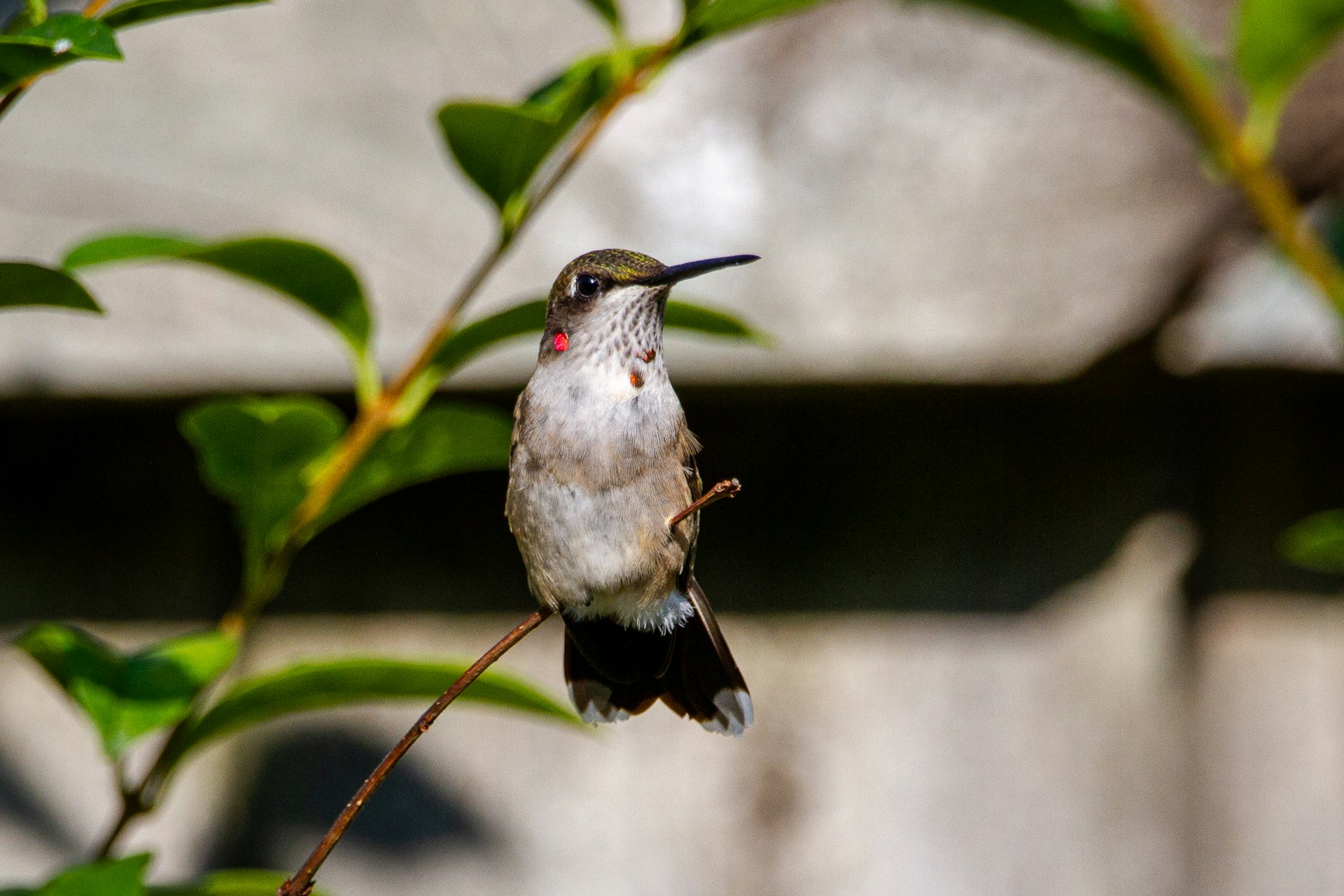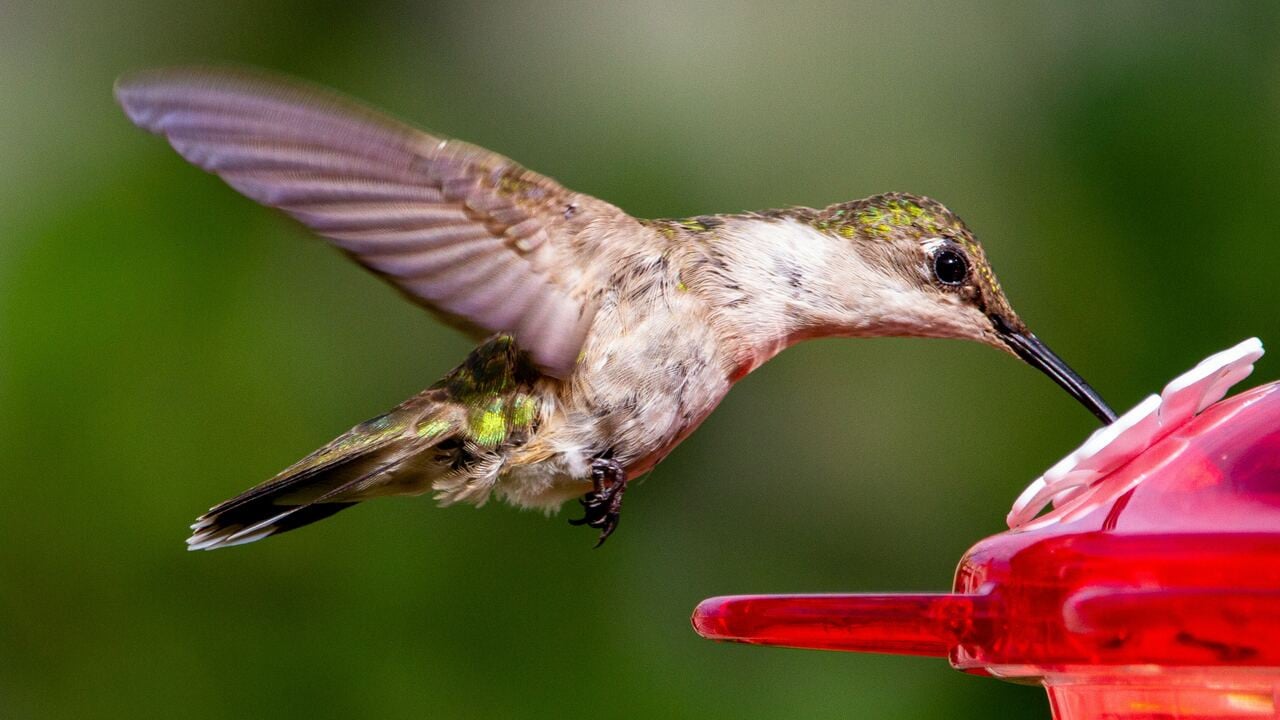Hummingbirds as Indicators of Ecosystem Health
Hummingbirds, with their vibrant colors and unique hovering flight, are not only fascinating creatures but also serve as important indicators of ecosystem health. These tiny birds play a crucial role in pollination and are highly sensitive to changes in their environment. By monitoring hummingbird populations and behaviors, researchers can gain valuable insights into the overall health of ecosystems. Understanding the relationship between hummingbirds and their habitats can provide essential information for conservation efforts and ecosystem management.
The Role of Hummingbirds in Ecosystems
Hummingbirds are key pollinators for many plant species, particularly those with tubular flowers. As they feed on nectar, these birds inadvertently transfer pollen from one flower to another, facilitating plant reproduction. This mutualistic relationship benefits both hummingbirds and plants, contributing to the biodiversity and stability of ecosystems. Without hummingbirds, certain plant species may struggle to reproduce, leading to cascading effects on other organisms within the ecosystem.

Factors Affecting Hummingbird Populations
Various factors can impact hummingbird populations, including habitat loss, climate change, pesticide use, and competition with invasive species. Deforestation and urbanization can fragment hummingbirds’ habitats, limiting their foraging and breeding grounds. Climate change alters the availability of nectar-producing plants and disrupts migration patterns. Pesticides can harm hummingbirds directly or indirectly by reducing their food sources. Invasive species may outcompete native plants, reducing the diversity of nectar-rich flowers that hummingbirds rely on.

Monitoring Hummingbirds for Ecosystem Health
Researchers use a variety of methods to monitor hummingbird populations and behaviors. These include field surveys, banding studies, and citizen science initiatives. By tracking changes in hummingbird abundance, distribution, and foraging patterns, scientists can assess the health of ecosystems over time. Monitoring hummingbirds can reveal the impacts of environmental stressors and help identify areas in need of conservation efforts or restoration projects.

Conservation Implications and Management Strategies
The information gathered from studying hummingbirds can inform conservation strategies and ecosystem management practices. Protecting and restoring habitats that support hummingbirds benefits not only these birds but also a wide range of other species that rely on the same resources. Implementing sustainable land use practices, reducing pesticide use, and promoting native plant diversity can help create healthier ecosystems for hummingbirds and other pollinators.

Conclusion
In conclusion, hummingbirds serve as valuable indicators of ecosystem health due to their close relationship with flowering plants and their sensitivity to environmental changes. By monitoring hummingbird populations and behaviors, researchers can assess the impacts of human activities on ecosystems and guide conservation efforts. Protecting hummingbird habitats and promoting biodiversity are essential steps towards ensuring the long-term health and resilience of ecosystems. As stewards of the environment, we must recognize the importance of these tiny birds and work towards creating a sustainable future for both hummingbirds and the ecosystems they inhabit.



